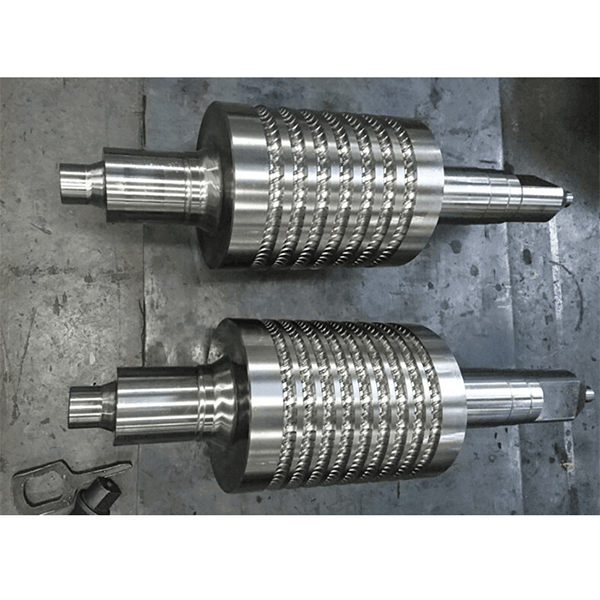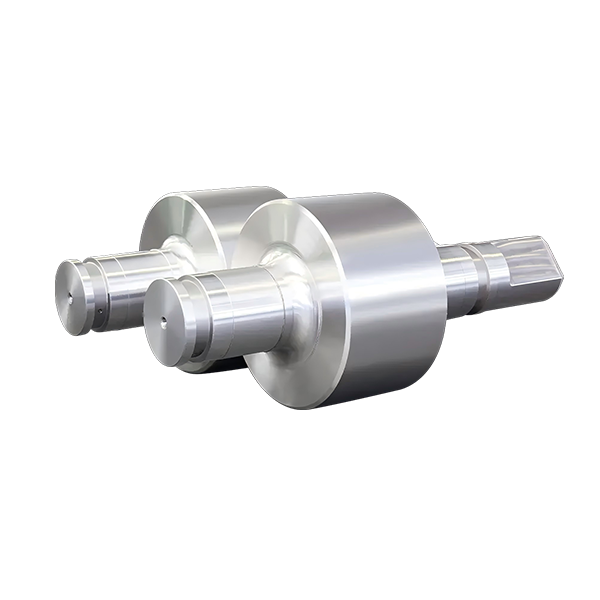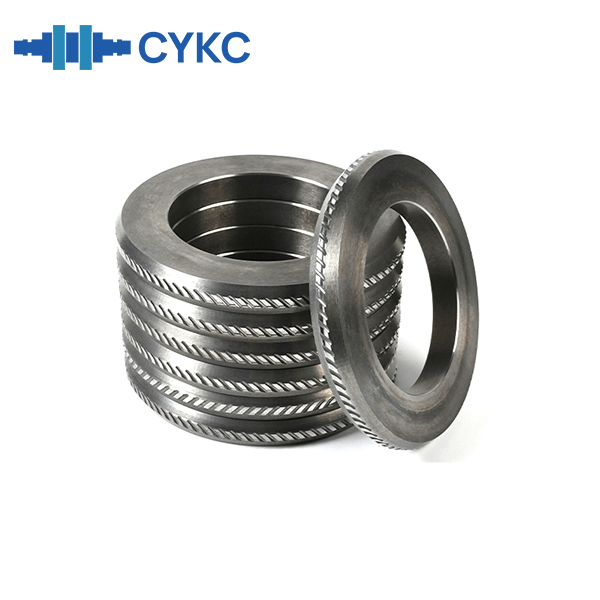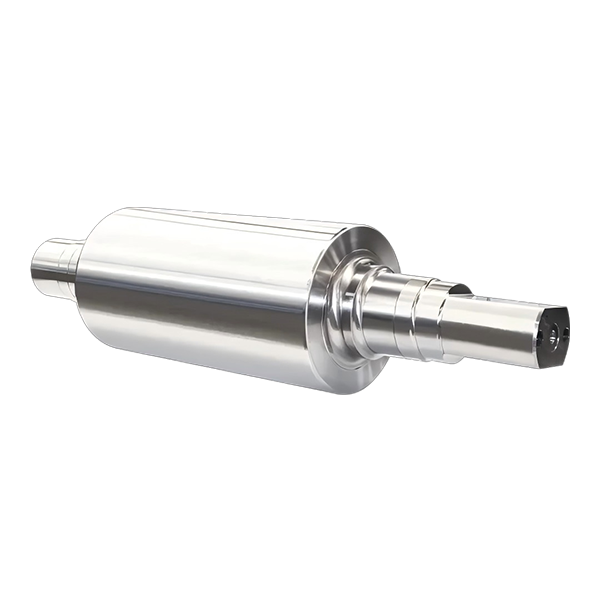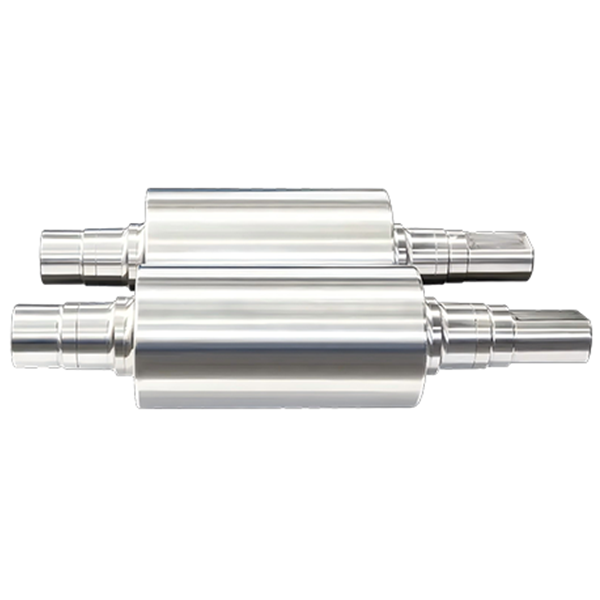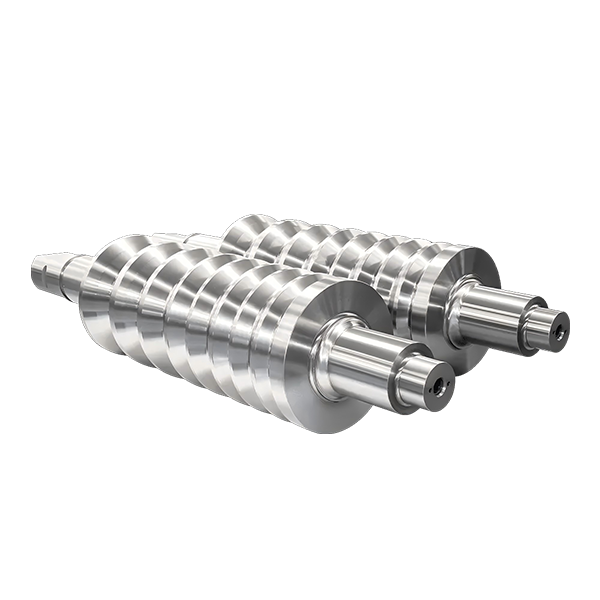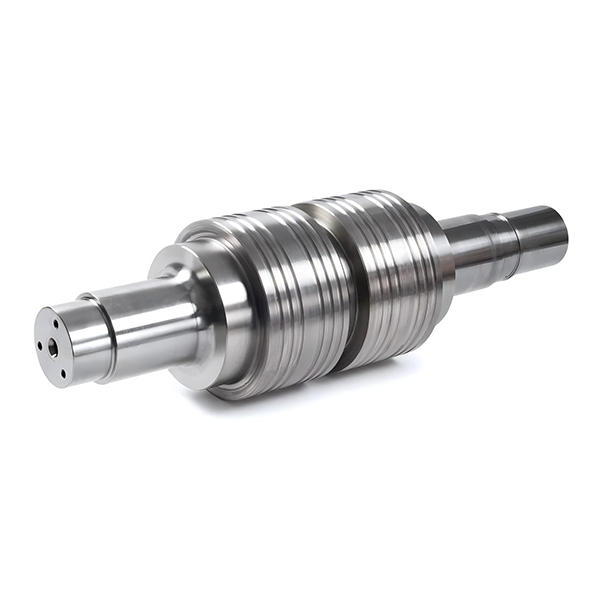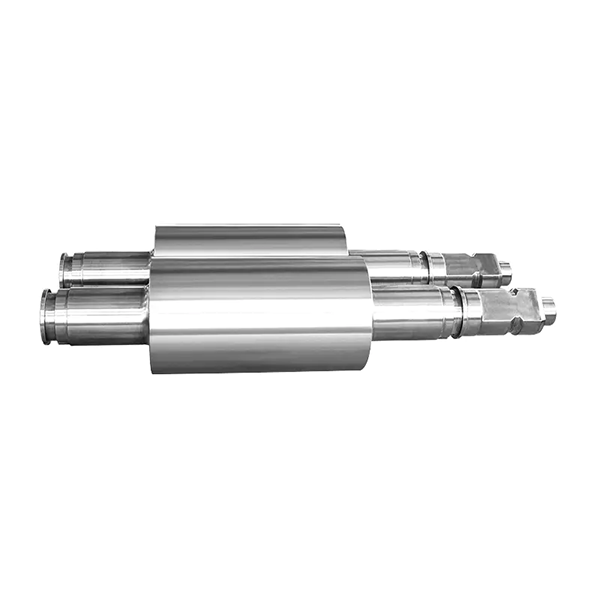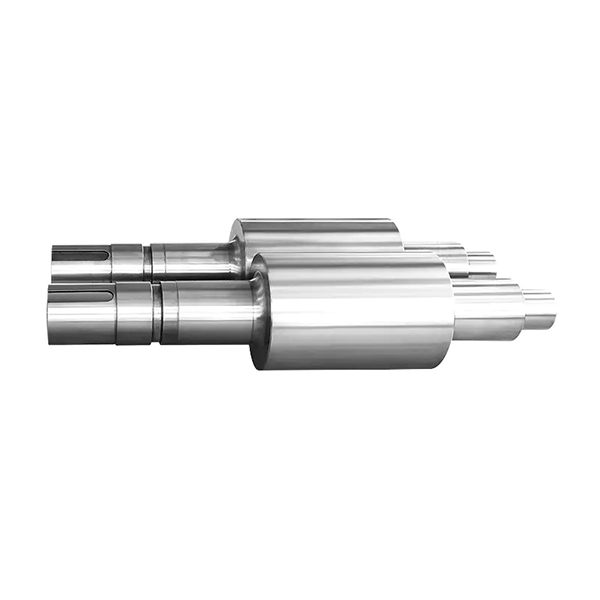High speed steel (HSS) roll is a composite roll produced by advanced horizontal centrifugal casting process. The surface is made of high speed steel and the core is ductile iron. This structural design gives full play to the superior properties of high-speed steel, especially in the wear resistance and thermal cracking resistance.
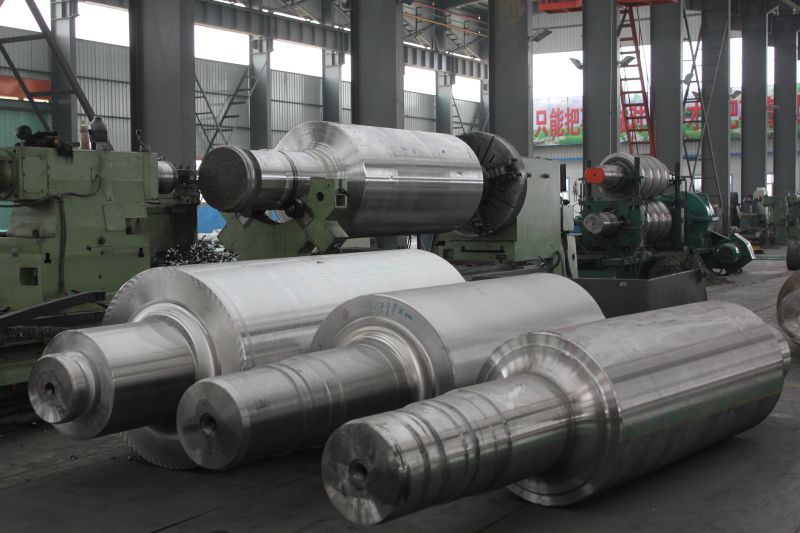
High speed steel contains rich alloying elements, such as molybdenum (Mo), vanadium (V), tungsten (W), chromium (Cr), etc. These elements are evenly distributed in the tempered martensite matrix, and the formation of MC, M2C, M6C and other high alloy carbides and secondary carbides, which greatly enhance the wear resistance and thermal cracking resistance of the roll. In addition, a thin layer of fatigue oxide film can be formed on the roll surface, which can effectively improve the fatigue performance and surface quality of the strip.
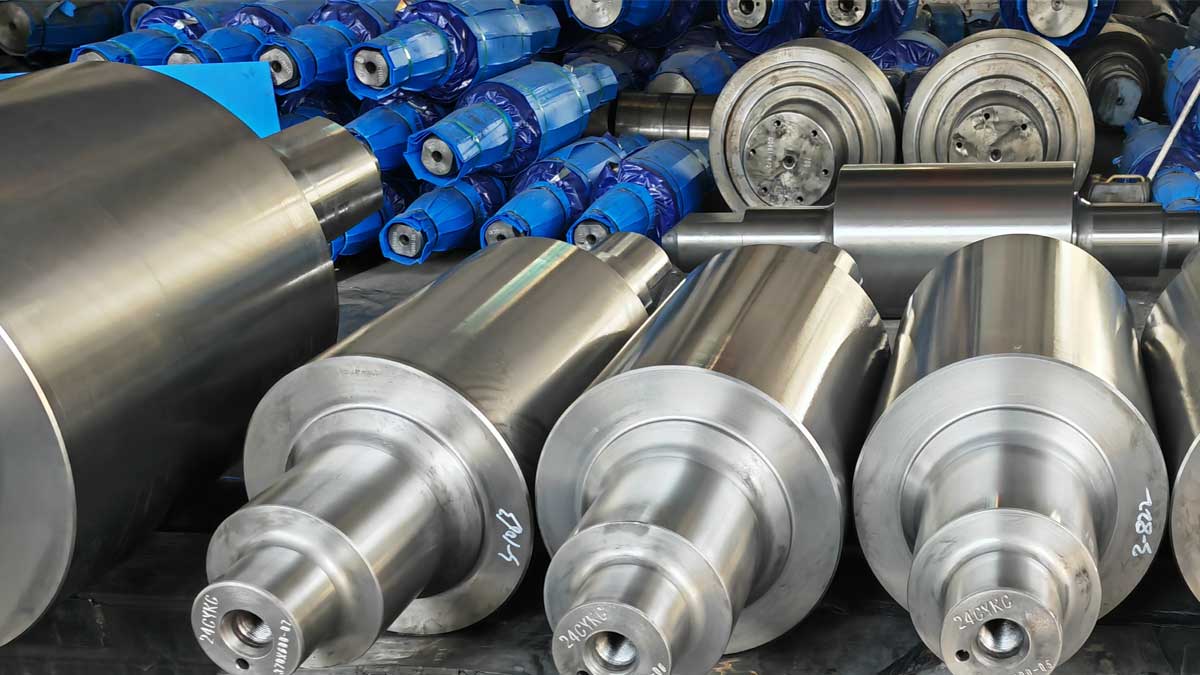
Compared with traditional cast iron rolls, high speed steel rolls show more prominent wear resistance. In the past, the consumption of traditional cast iron rolls was relatively high, while the service life of high-speed steel rolls was greatly extended, usually 5-6 times that of traditional rolls. Each ton of steel produced, the cost of the roller consumed is greatly reduced, which is an important advantage for the overall cost control of steel production.
In addition, because the high speed steel roll has higher wear resistance, its surface remains stable and the groove shape does not change due to wear. Therefore, the roll pass is stable and the friction impact is reduced, which can effectively improve the quality of rolled products and prolong the service life. Fewer replacement and maintenance requirements have resulted in a significant increase in productivity, resulting in higher economic benefits.
In short, the selection of high-speed steel rolls can not only improve production efficiency, but also significantly improve product quality and reduce production costs, which is an indispensable high-performance material in the modern steel industry.


